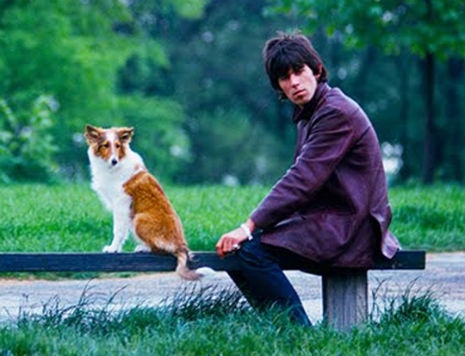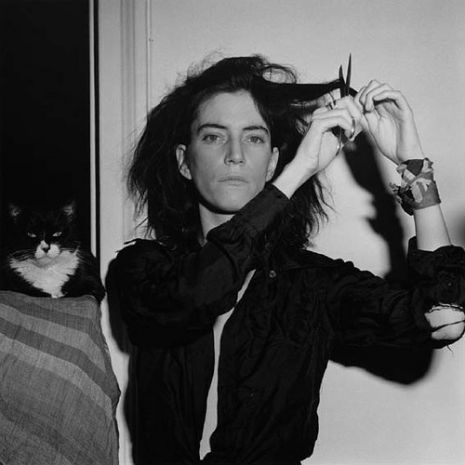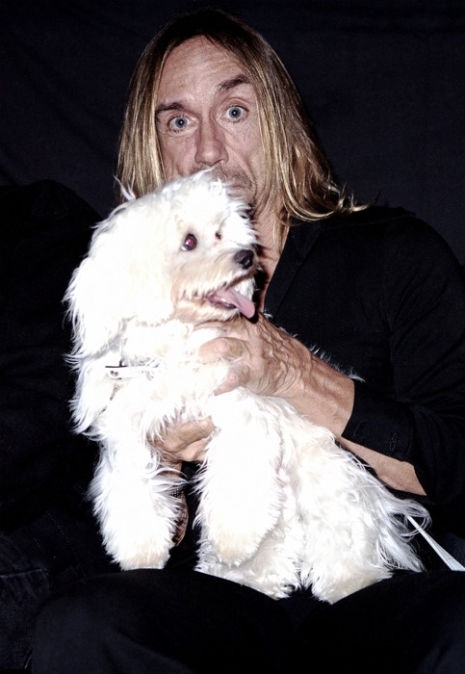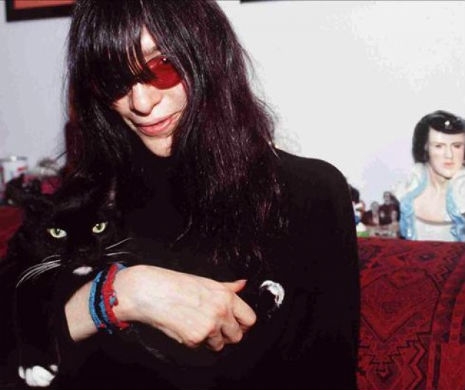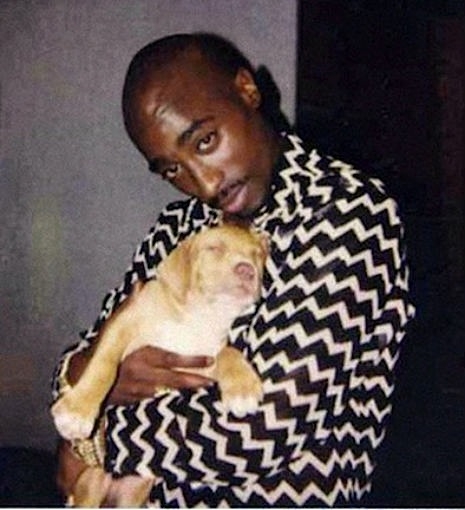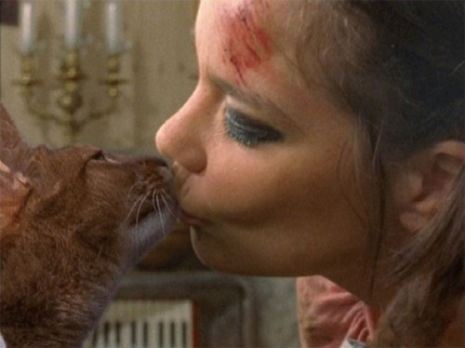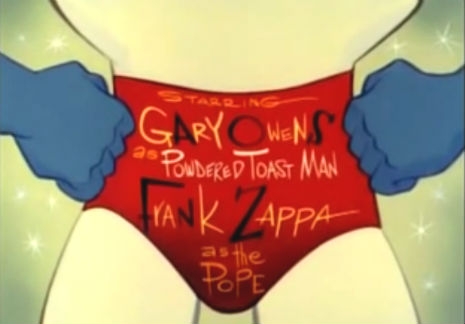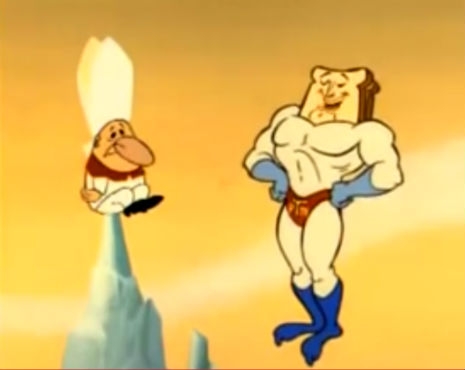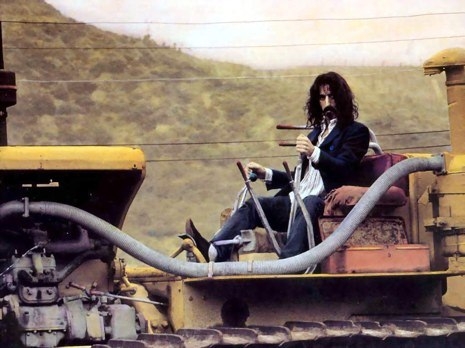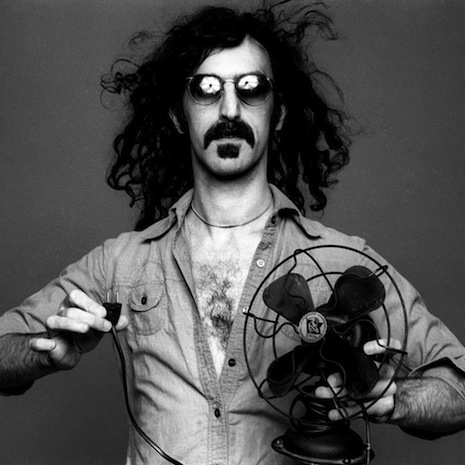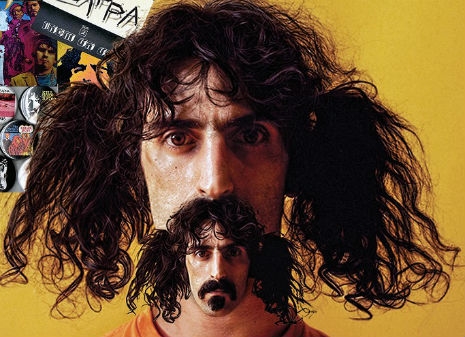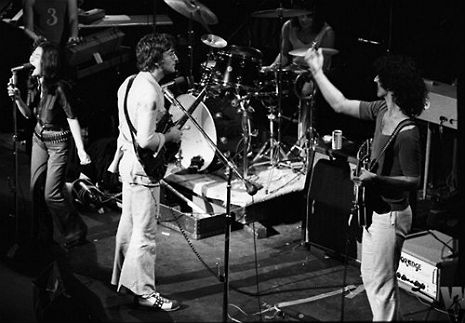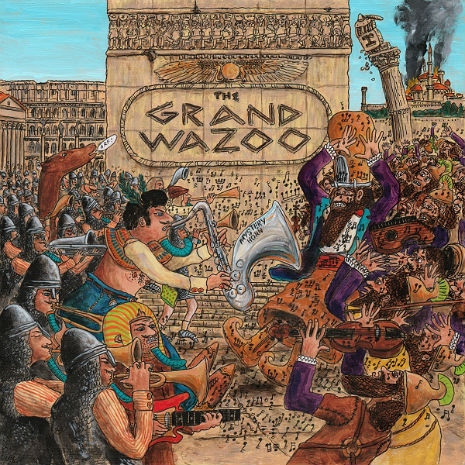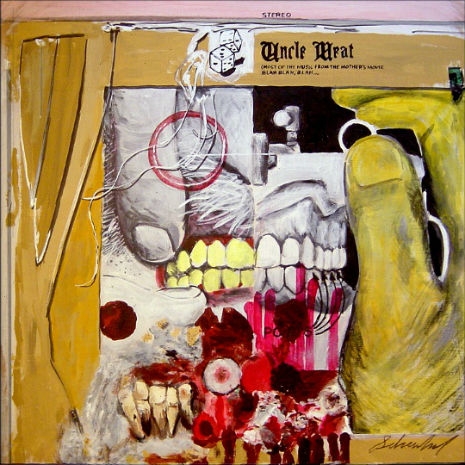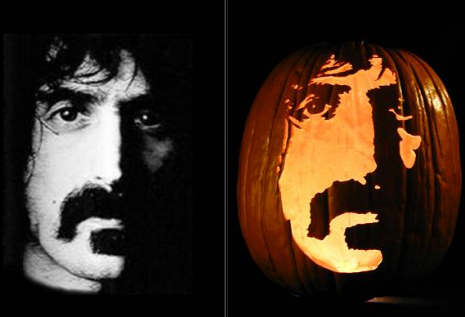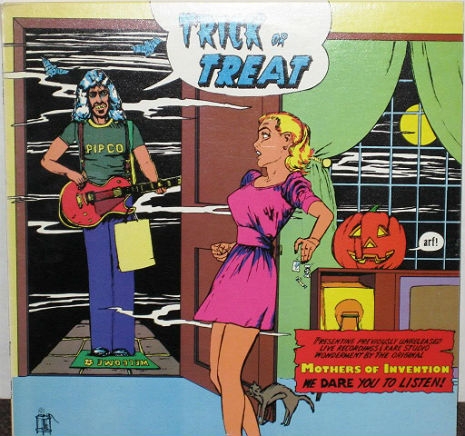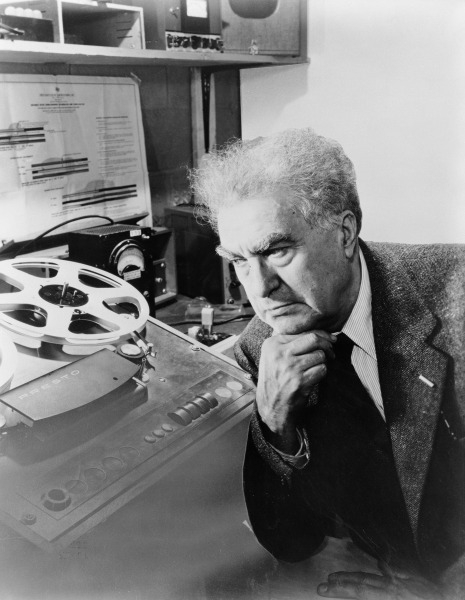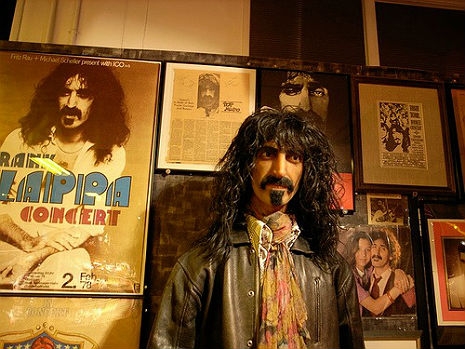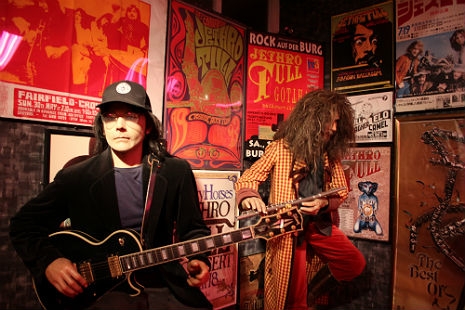
Just how good a year for music was 1968? Consider this list of albums from that year:
The Rolling Stones, Beggars Banquet
The Beatles, The White Album
The Kinks, The Village Green Preservation Society
Procol Harum, A Whiter Shade of Pale
The Band, Music From Big Pink
The Zombies, Odessey And Oracle
Janis Joplin, Cheap Thrills
Sly & The Family Stone, Dance to the Music
Cream, Wheels of Fire
Joni Mitchell, Song To a Seagull
Creedence Clearwater Revival, Creedence Clearwater Revival
Jimi Hendrix, Electric Ladyland
Frank Zappa, We’re Only In It For the Money
Jeff Beck, Truth
Pink Floyd, A Saucerful of Secrets
The 13th Floor Elevators, Bull of the Woods
The Monkees, Head
Can, Delay 1968
The Doors, Waiting for the Sun
Jefferson Airplane, Crown of Creation
Eric Burdon and the Animals, The Twain Shall Meet
Harry Nilsson, Aerial Ballet
Iron Butterfly, In-A-Gadda-Da-Vida
If those titles hold any appeal to you at all, then you are definitely going to enjoy Tony Palmer’s stunning 1968 documentary All My Loving, which purportedly was made as the result of a gauntlet that John Lennon and Paul McCartney threw down to Palmer (whose films before that had—a bit like George Martin—focused on classical music), to make an hour-long movie that captured the state of the music world in 1968. What makes the movie work, quite aside from Palmer’s adventurous editing style, fondness for tight closeups, aural brio, and impressionistic chops, is the palpable sense that something really interesting was happening in society—crucially, before the post-Altamont, post-Manson hangover had set in. It was a perfect moment for a documentary of this kind. The musical personages in the movie, many of them legends, are treated as very interesting pop stars but not much more than that, and that relative impartiality is essential to what makes All My Loving so good.
It’s difficult to overstate how wonderful All My Loving is. Stylistically, it suggests an experimental movie produced by 60 Minutes (or the English equivalent, anyway). In other words, it’s loose in form but stentorian in tone (but never unsympathetic to the youth movement). The amount of astonishing footage that Palmer managed to cram into a mere hour boggles the mind. Palmer appears to have access to just about anyone he wanted, so we get brief statements or conversations with Paul McCartney, Jimi Hendrix, Donovan, Eric Burdon, Frank Zappa, Manfred Mann, Pete Townshend, George Martin, and so on. With the possible exception of Zappa, Burdon’s the most articulate of the bunch, pointing out the similarities between taking LSD and doing a stint in Vietnam.
The movie features truly scintillating performances from Cream (“I’m So Glad” and “We’re Going Wrong”), The Who (“Mary Anne with the Shaky Hand”), Pink Floyd (“Set the Controls for the Heart of the Sun”), Donovan (“The Lullaby of Spring”), Jimi Hendrix (“Wild Thing”), the Animals (“Good Times” and “When I Was Young”). There is some utterly fantastic close-up footage in which The Who destroy their instruments at the end of a gig at, of all places, the Peoria Opera House as well as some similar footage of Jimi Hendrix just shredding the entire concept of rock and roll right in front of your eyes. ALL of the performance footage is remarkable.

There are also some amusing interviews with a “sleazy” music publisher with a pencil mustache who by rights should be named Monty Python (his name is actually Eddie Rogers) and a self-confident “jingle executive” from America named Jim West (motto: “Selling Spoken Here”) who explains how to use advertising techniques to con teens into coming to see the Mona Lisa. There are a handful of other British music industry types who are barely identified and don’t have to be—they’re the local color. They also get some frankly inane comments of the dismissive variety from none other than Anthony Burgess.
Palmer made dozens of documentaries from the 1960s onward, and they cover a fascinating range of personalities, including Leonard Bernstein, Benjamin Britten, Rory Gallagher, Peter Sellers, Liberace, Hugh Hefner, Leonard Cohen, and on and on. He codirected 200 Motels with Frank Zappa. The governing tone of All My Loving is one of indulgent “concern,” of investigating a “problem” to be “solved”—we hear about the deafening volume of the new music and the possibly shallow values of the kids and so forth. There’s some startling imagery from Vietnam thrown in as well—never forget Vietnam. This movie goes all over the reservation to evoke 1968—and succeeds.
With its big, messy crescendo, the end of All My Loving somewhat resembles 2001: A Space Odyssey and “A Day in the Life,” and, to Palmer’s credit, the ending, which rapidly shows the breathtaking variety of images we’ve seen over the previous hour (scored to “Be-In (Hare Krishna)” from Hair), works marvelously. Set aside some time for All My Loving. You won’t regret it.
via Beatles Video of the Day
Previously on Dangerous Minds:
Mind-blowing early Soft Machine footage, 1968
Carnaby Street in Color, from 1968
Posted by Martin Schneider
|
02.06.2014
07:58 am
|
